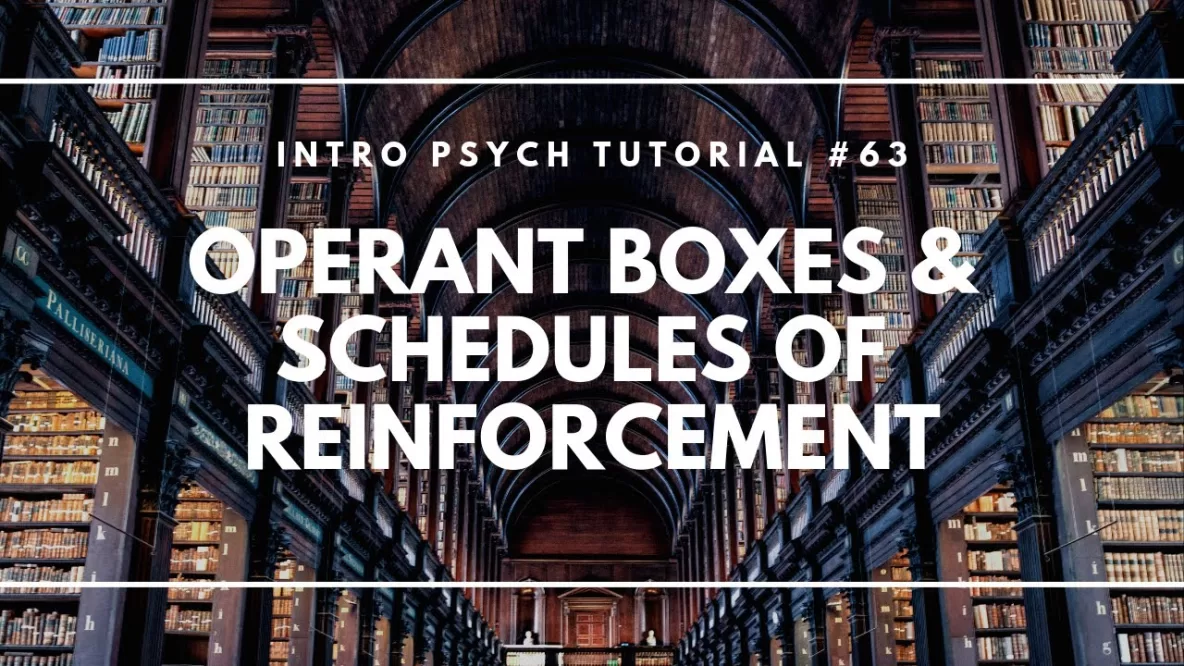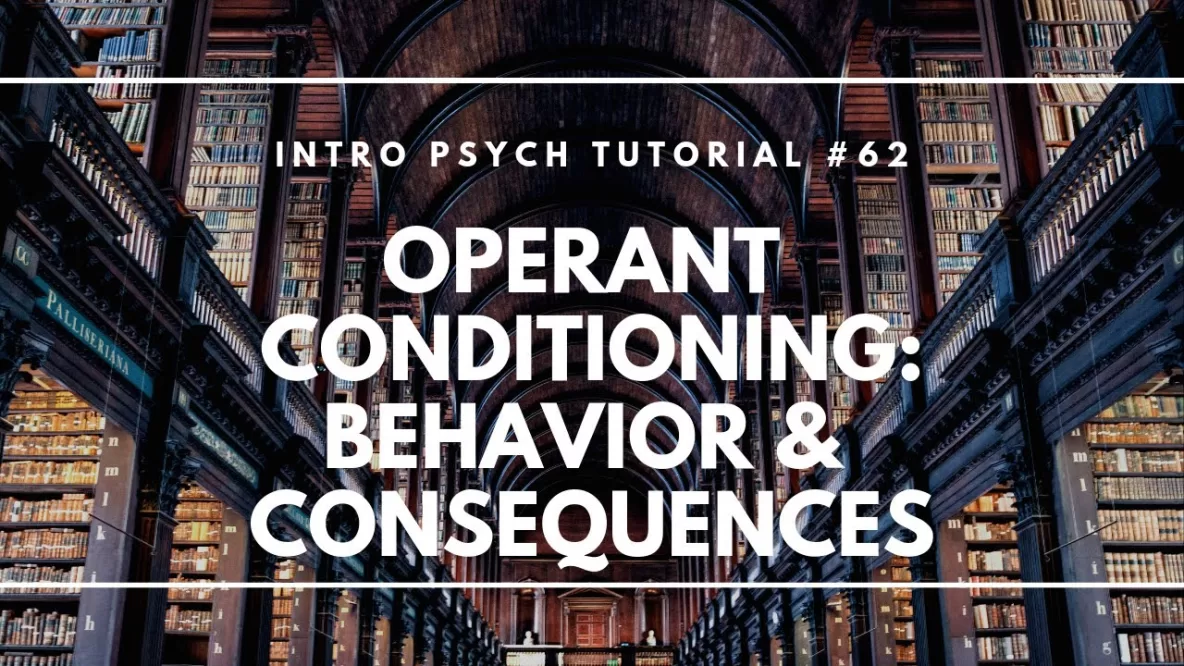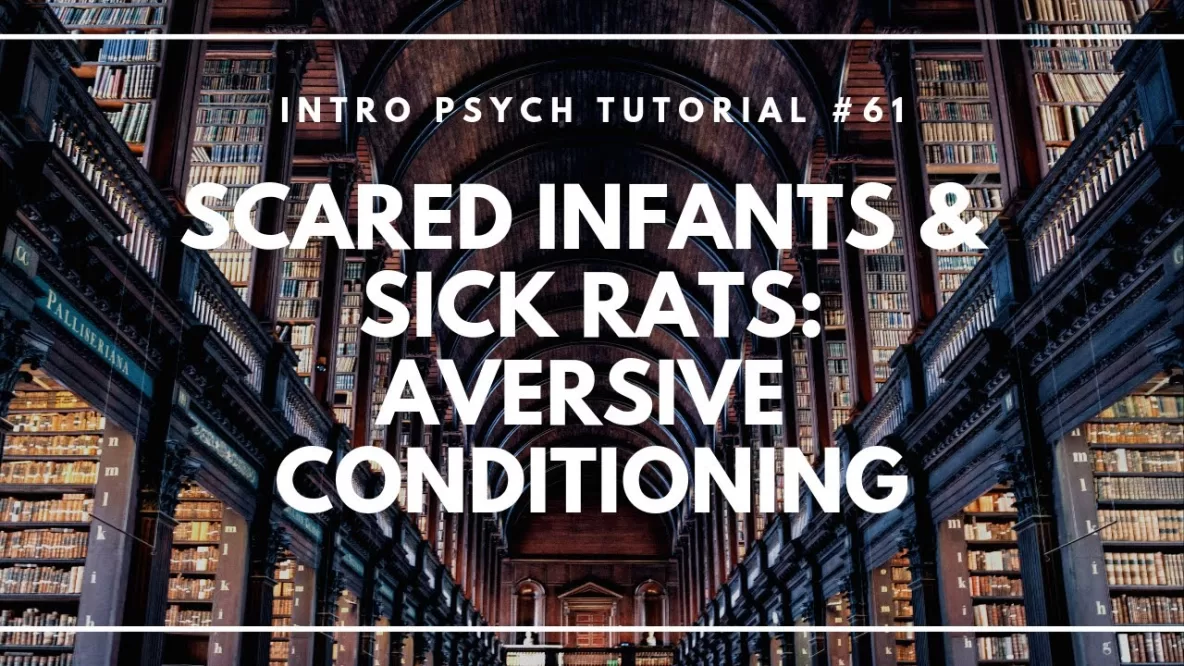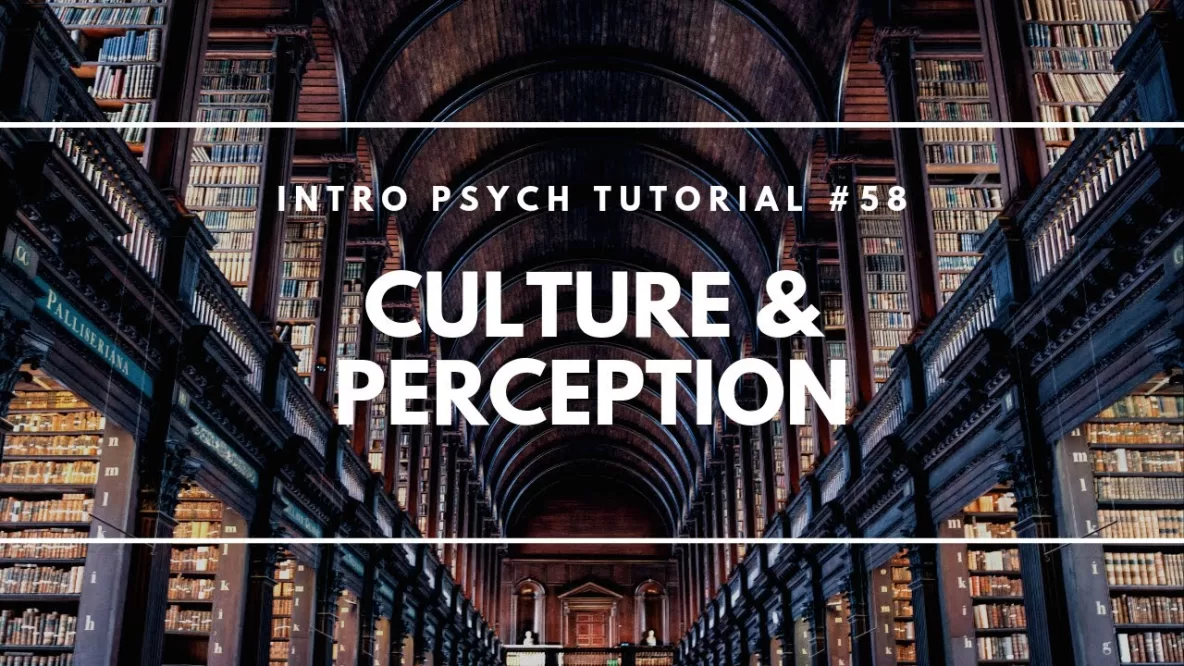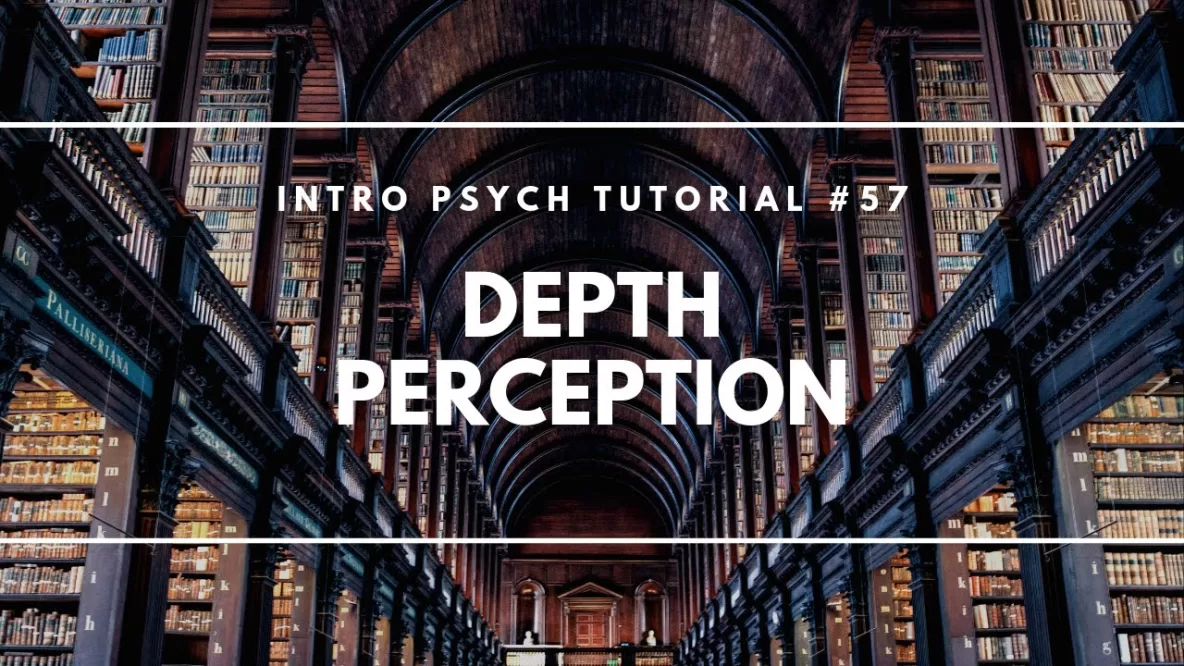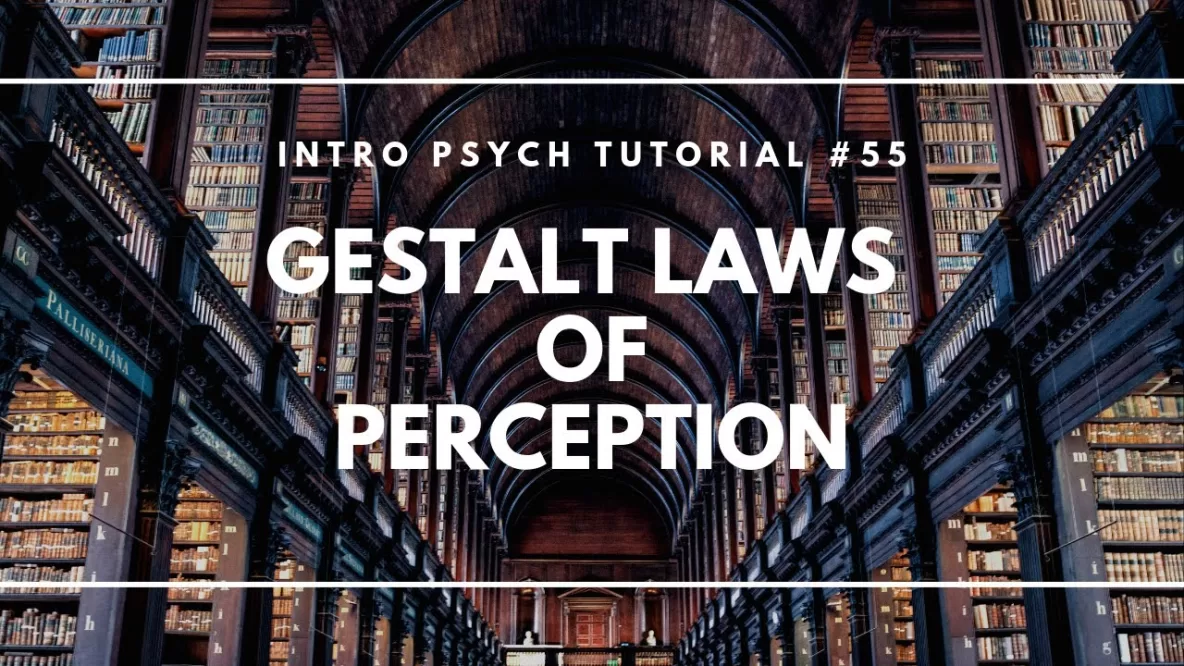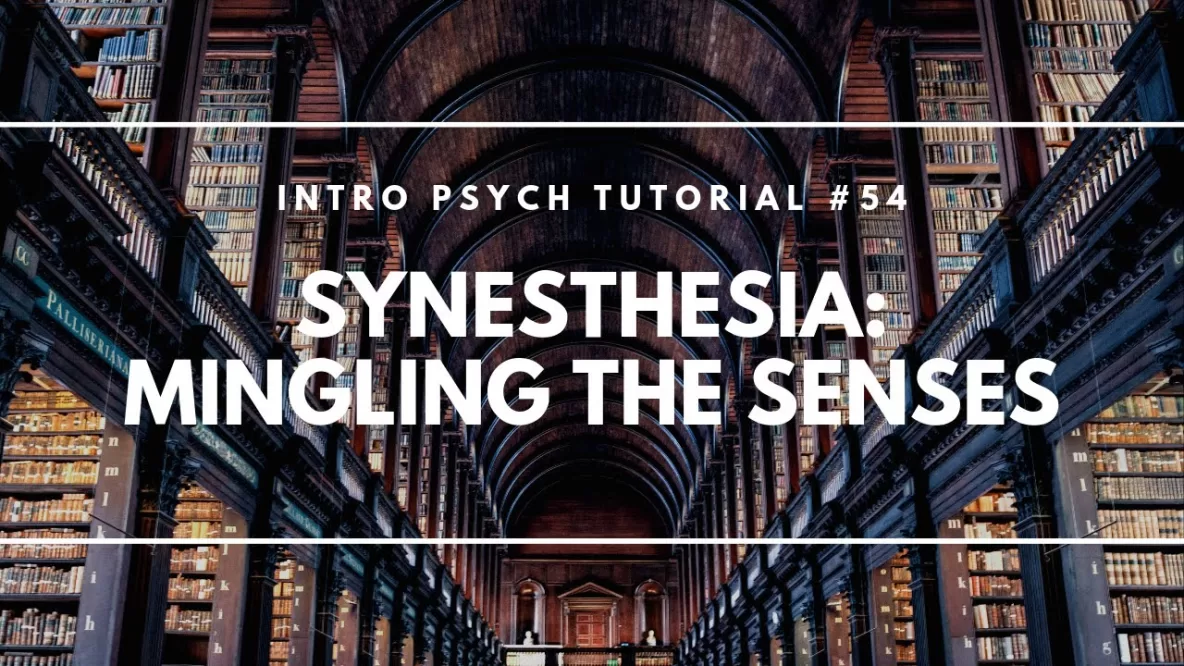In this video I describe the operant boxes used by Skinner (often called “Skinner boxes”) to study the relationship between different schedules of reinforcement and behavior. Then I describe 4 possible schedules of reinforcement including fixed-ratio, variable-ratio, fixed-interval, and variable-interval, … Read More
Operant Conditioning
In this video I explain the difference between classical conditioning and operant conditioning. Next I explain Thorndike’s work with cats in puzzle boxes which led to his Law of Effect. This approach was greatly expanded by B.F. Skinner’s work on … Read More
Scared Infants and Sick Rats: Aversive Conditioning
In this video I explain two examples of aversive conditioning; John Watson’s “Little Albert” study pairing presentation of a rat with a loud noise, and John Garcia and Robert Koelling’s work on learned taste aversions in rats. Taste aversions demonstrate … Read More
Extinction, Generalization, and Discrimination
In this video I explain some other terminology for describing aspects of classical conditioning including acquisition, extinction, spontaneous recovery, stimulus generalization, stimulus discrimination, and second-order or higher-order conditioning. Don’t forget to subscribe to the channel to see future videos! Have … Read More
Classical Conditioning
In this video I introduce learning theory and the basic concepts of behaviorism. This begins with the work of Ivan Pavlov on classical conditioning and covers the basic vocabulary for discussing this type of learning including neutral stimulus, unconditioned stimulus, … Read More
Culture and Perception
In this video I consider the role of culture on perception. The fact that we must learn how to perceive the world creates the possibility that our culture can shape our perception. I provide one example of this, known as … Read More
Depth Perception
In this video I describe the many cues that we use to perceive depth and experience a 3D world based on the 2D information from our retinas. These include monocular cues (linear perspective, relative size, texture gradient, interposition, and shading), … Read More
Perceptual Constancy
In this video I describe perceptual constancy, which refers to the idea that we perceive a relatively stable and unchanging world despite the fact that sensory information is changing dramatically. I explain how this applies visually to size, brightness, and … Read More
Gestalt Laws of Perception
In this video I focus on perception and how we make sense of the information coming in from our senses. Gestalt laws refer to general principles for organizing and interpreting sensory information. I provide visual examples for several gestalt laws … Read More
Synesthesia: Mingling the Senses
In this video I explain synesthesia, in which stimulation of one sense can automatically stimulate another, such as seeing colors when hearing pitches or tasting sounds. I also demonstrate one way that researchers can test certain types of synesthesia and … Read More

